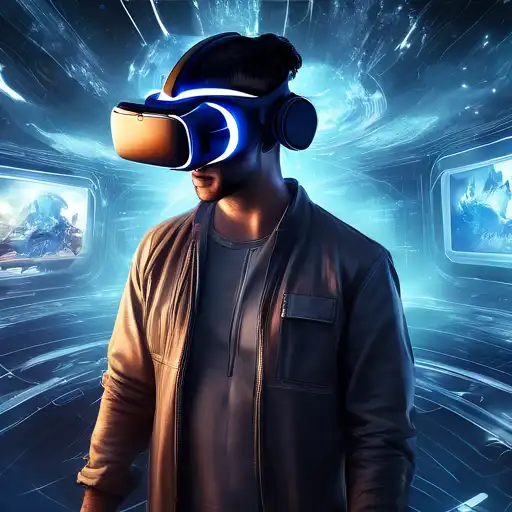Introduction to Virtual Reality
Virtual Reality (VR) has revolutionized the way we interact with digital content, offering an immersive experience that transcends traditional screen-based interactions. By simulating a three-dimensional environment, VR allows users to explore and interact with virtual worlds in a way that feels incredibly real.
The Evolution of Virtual Reality
From its early days as a concept in science fiction to its current status as a cutting-edge technology, VR has undergone significant evolution. Today, it's not just about gaming; VR is being used in education, healthcare, and even real estate, providing new ways to learn, heal, and explore.
How Virtual Reality Works
At its core, VR technology relies on a combination of hardware and software to create a simulated environment. Headsets, gloves, and motion sensors track the user's movements, adjusting the virtual environment in real-time to create a seamless experience.
Applications of Virtual Reality
VR's applications are vast and varied. Here are some of the most impactful uses:
- Education: VR can transport students to historical sites or simulate scientific phenomena, making learning more engaging.
- Healthcare: From surgical training to therapy for PTSD, VR is transforming patient care and medical education.
- Entertainment: Beyond video games, VR offers new forms of storytelling and cinematic experiences.
- Real Estate: Virtual tours allow potential buyers to explore properties from anywhere in the world.
The Future of Virtual Reality
As technology advances, the potential for VR is limitless. With improvements in resolution, latency, and interactivity, future VR experiences will become even more realistic and accessible. The integration of AI and VR could lead to personalized virtual environments that adapt to the user's preferences and behaviors.
Challenges and Considerations
Despite its potential, VR faces challenges such as high costs, technical limitations, and health concerns like motion sickness. Addressing these issues is crucial for widespread adoption.
Conclusion
Virtual Reality is more than just a technological novelty; it's a new dimension of experience that's reshaping industries and redefining human interaction with digital content. As VR continues to evolve, it promises to unlock unprecedented opportunities for innovation and exploration.
For more insights into the latest in immersive technology, check out our tech trends section.
